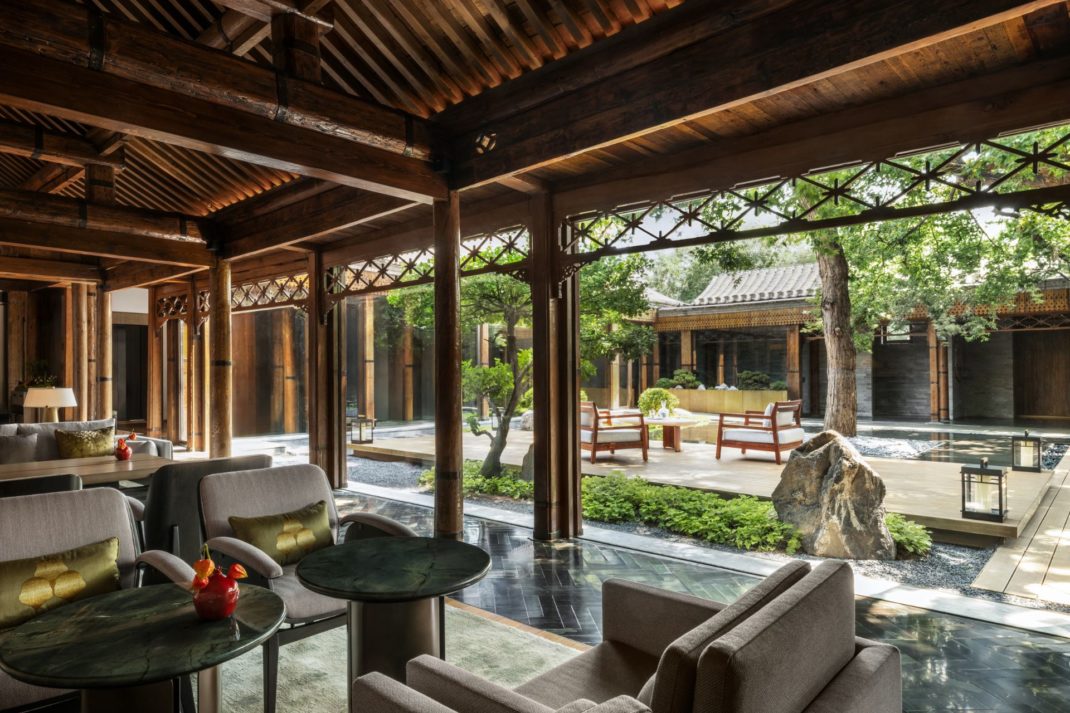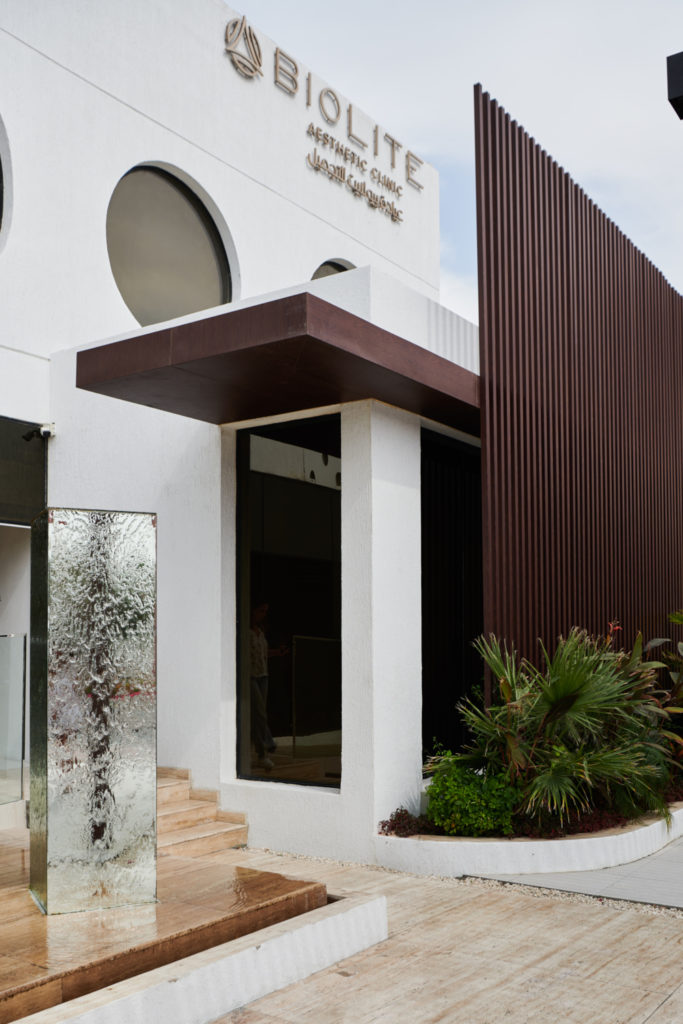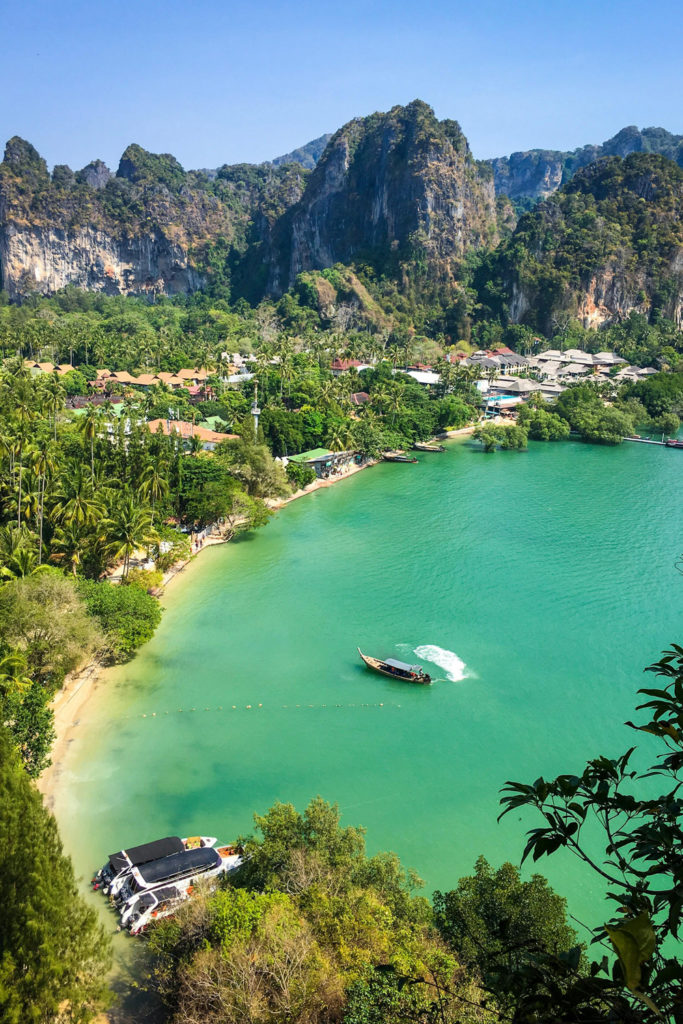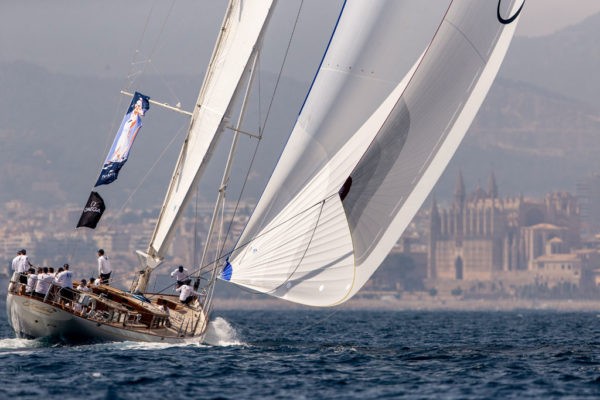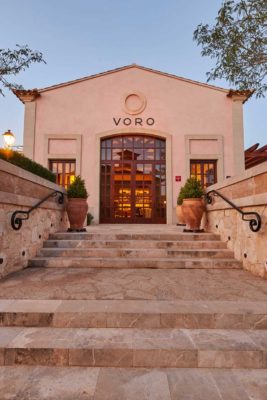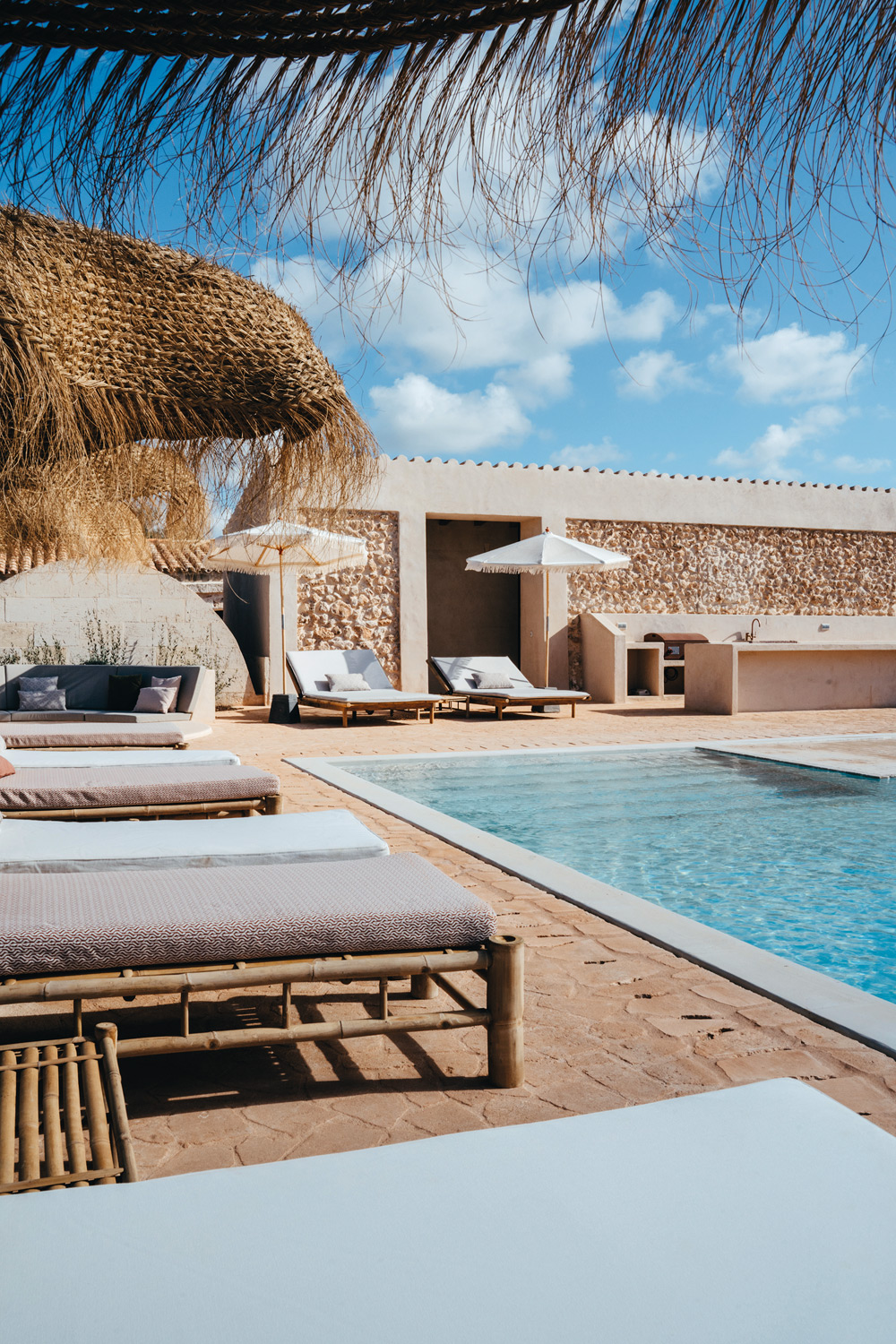
Santa Ana: Is This The Hottest Place To Stay In Menorca?
By
2 months ago
Meet the Spanish family shaking up the luxury hotel world
A family-owned Spanish company is quietly revamping Menorca’s most beautiful – and neglected – properties, finds Juliet Herd
Vestige Collection Is Breathing New Life Into Historic Spanish Properties
We’re in an open-sided Land Rover bouncing around the northern tip of Menorca, veering off-road to catch glimpses of glittering emerald coves and reversing at speed when we hit unexpected dead ends or impenetrable undergrowth.
Our guide is in his element – and on a mission to show us not only the natural beauty of this rugged Balearic island but two ramshackle rural properties with coveted coastal access in the process of being restored. Vestige Son Ermit à and Vestige Binidufà, which share an 800-hectare historic farm estate, may be building sites now but come spring they will re-emerge as a pair of design-led heritage hotels.
The island’s windswept, largely treeless centre-north is perhaps not the most obvious choice for such an ambitious venture, but it’s exactly the sort of landscape that appeals to Madrid-based Vestige Collection, a new-era hospitality brand that is quietly shaking up the luxury hotel industry. With a penchant for areas untouched by tourism, it seeks to rescue from oblivion and breathe new life into historically and culturally significant properties ranging from humble farmhouses to 13th century palaces. Many are listed as Cultural Heritage Sites and each one given a meticulous makeover in accordance with its unique architectural identity and character.
For the past 16 years, the couple behind the company – former doctor turned healthcare entrepreneur Victor Madera and his wife, María Obdulia Fernàndez – have been steadily amassing an impressive portfolio of 12 boutique hotels and 13 private estates across Spain. The couple cut their teeth on the 16th-century Palacio de Figueras, an 11-room palace overlooking the Eo river in their native Asturias. Originally envisaged as a home for them and their four daughters, it opened as a private residence in 2022, following renovations that took a marathon 11 years.
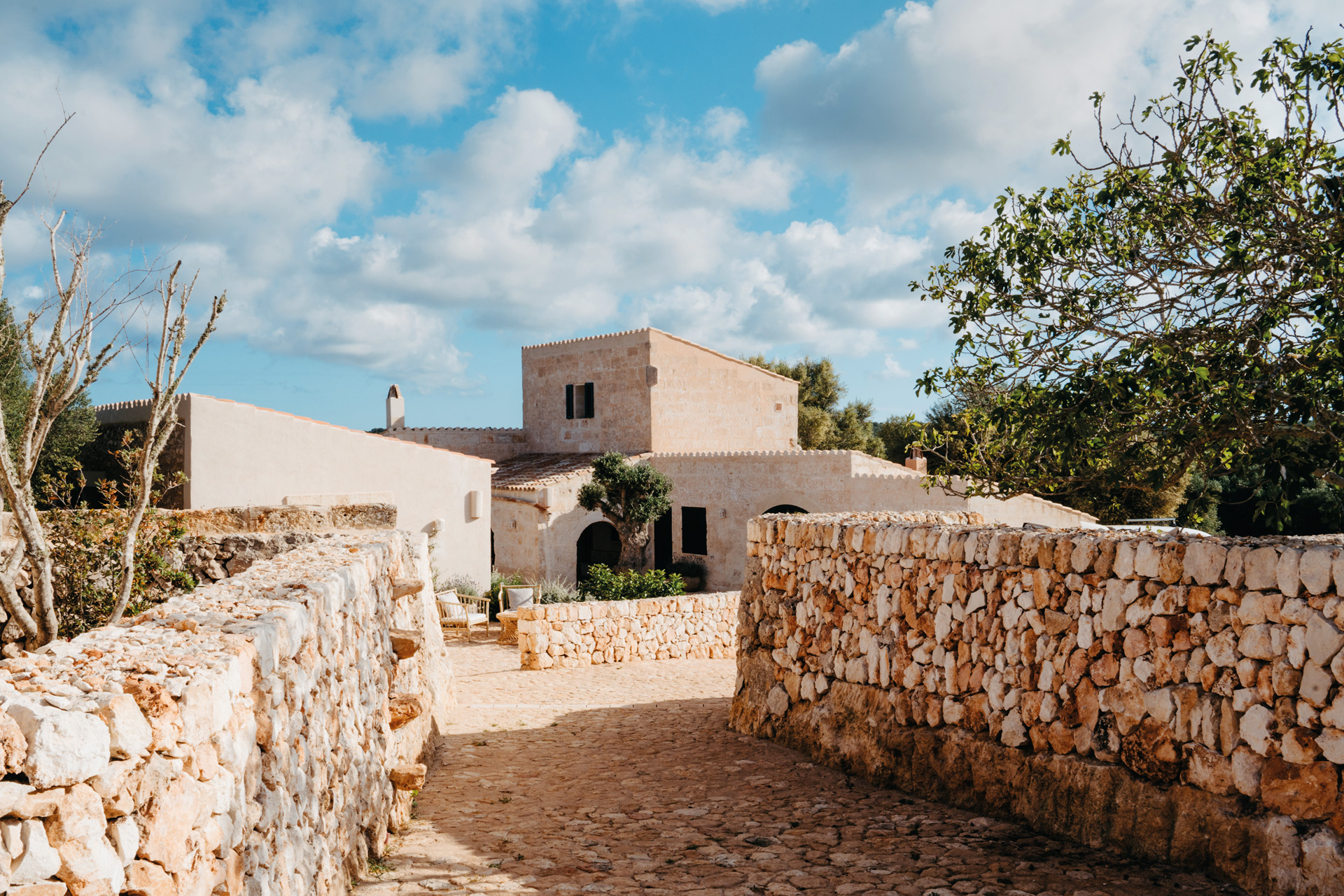
Santa Ana
Best-Kept Secret
Now, they have their sights set on Menorca, the smallest and least flashy of the Balearics, and it’s easy to see why. Known affectionately as Sa Roqueta, ‘the little rock’, this easternmost island with its white and golden sands, whitewashed villages, patchwork of ancient dry-stone walls and abundance of archaeological sites (notably, mystical beehive-shaped towers from the Talayotic civilisation), remains largely wild and unspoilt. ‘There is so much about Menorca that appeals to us as a family: the beautiful landscape, the countless beaches, the rich culture,’ says the couple’s elder daughter Marta, who works for Vestige. ‘But something that really sets it apart and isn’t easy to find in Europe, is how virgin and largely untouched it is.’
The island is also having something of a moment – albeit in an understated, eco-conscious way – with the arrival of several other innovative hospitality brands as well as that barometer of cultural cool, Hauser & Wirth, which opened a gallery and restaurant in a former naval hospital on Illa del Rei in Mahón harbour, accessed only by boat.
As an environmental trailblazer, Menorca is fiercely protective of its natural assets. Having had the foresight to resist package holidays in the 1950s, it has focused instead on balancing tourism with preserving its natural habitat and traditions. Following the island’s classification as a UNESCO Biosphere Reserve in 1993, large chunks of land are now off-limits for development.
Many of the beaches are deliberately only reachable by foot – as we discover first-hand during our stay at Vestige’s newest opening, Santa Ana, a bijou six-bedroom country house in the sunlit southwest. Set within a 210-hectare estate and surrounded by ravines that flow into a string of picturesque coves, our residence is a short, pine-scented stroll from two of Menorca’s best beaches, pocket-sized Cala Macarelleta and its popular sibling Cala Macarella. For day-trippers, though, access is restricted from June to September – both beaches can only be reached by shuttle bus (or on foot) from a public carpark, to limit overcrowding and protect the coastal environment.
Honey-Hued Haven
Entering Santa Ana’s finca through a traditionally crafted gate made of wild olive tree wood (a quaintly distinctive island feature), you momentarily feel as though you are stepping back in time, so authentically reimagined is the original 18th century farmhouse and its clutch of outhouses. Indeed, the new cortijo (stone farmhouse) has been built precisely on the existing footprint, in keeping with Spanish law relating to restorations for commercial purposes – a policy which can create some interesting challenges. A decision about a property’s use as either hotel or private home is often left until building work is well underway. Thankfully, the Madera Fernàndez family ethos is to let the new identity of a place unfold organically.
Once a thriving farm with its own flour mill and assorted beasts, including sheep, goats and oxen, Santa Ana is now a tranquil, honey-hued haven. A former stable block has been converted into five private suites, each with its own terrace. There’s also a swimming pool, outdoor kitchen, chill-out area and gym featuring Nohrd eco-equipment so beautifully crafted, it looks like it belongs in a design museum. The spacious main residence, which houses a sixth bedroom, is the communal hub – unpretentious yet stylish with terracotta-tiled floors, wooden ceiling beams, rustic-style kitchen (with retro Smeg fridges), cosy lounge areas and library.
As with all Vestige properties, the rebuild was carried out by the company’s in-house architectural firm, employing more than 40 architects and interior designers. Working alongside local craftspeople, including skilled stonemasons, the team has restored arches and other original structures using the island’s plentiful supply of limestone and marés sandstone.
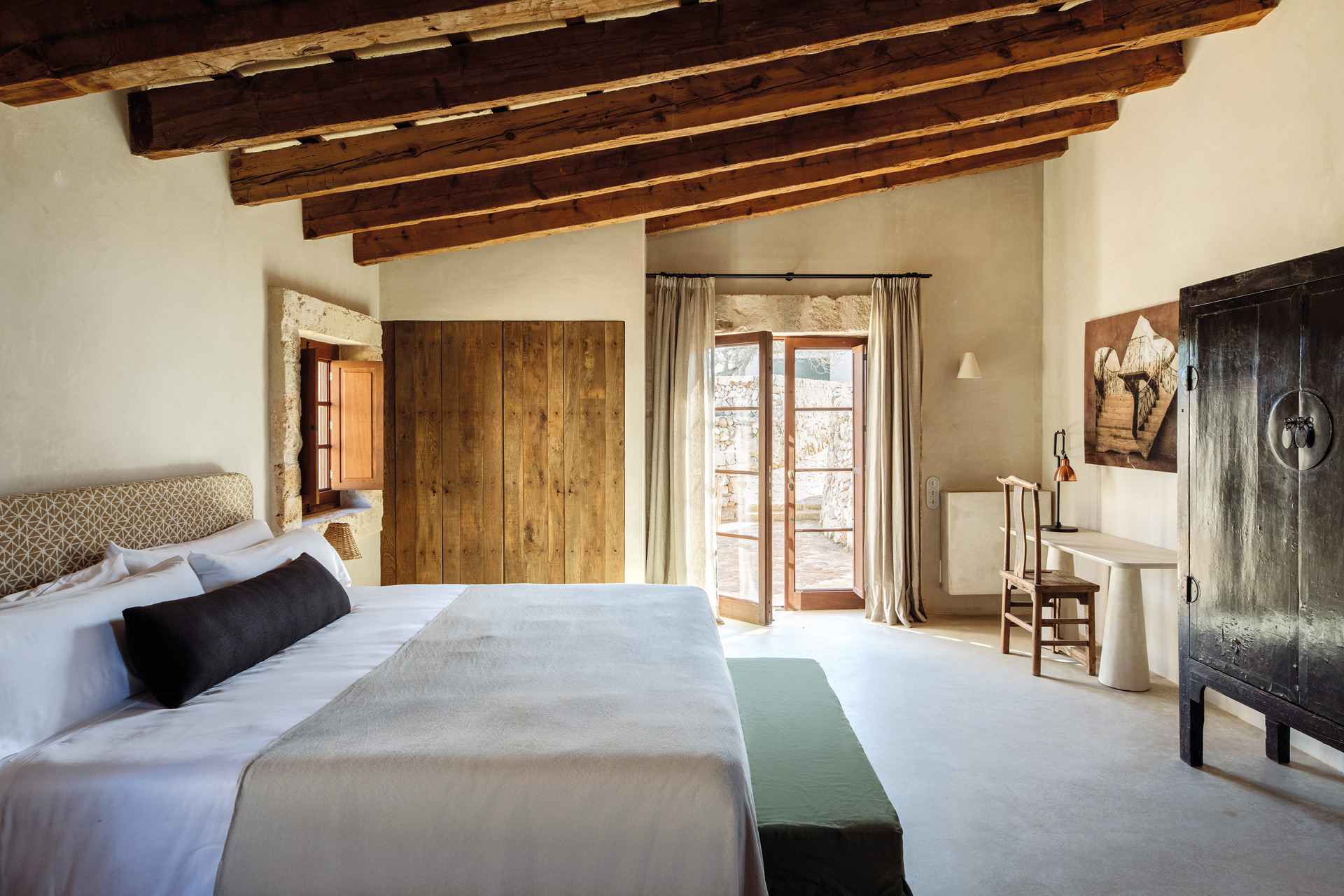
Where structural components couldn’t be salvaged, antique beams and columns were sourced from ancient palaces throughout Spain. Furniture is a mix of bespoke contemporary pieces and antiques, drawn largely from the family’s private collection.
‘When we are developing the design concept we try to read the building and respond by sourcing antiques and employing materials and techniques that marry with its history,’ explains Vestige architect Enrique Motilla Saiz. The company is not, however, trying to recreate the past. ‘Our projects are not museum pieces,’ he stresses. ‘Instead, we bring past and present together using contemporary sustainable systems to breathe new life into a building and give it a new purpose.
Back To Nature
As part of Vestige’s commitment to eco-friendly construction, a green underfloor heating system, combined with natural thermal insulation, has been installed, while rainwater is collected through roof channels. Electricity is via solar panels. Soft furnishings and rugs are made from natural fibres, including linen, jute, silk and cotton, and floors are coated in seamless Mortex micro-cement, giving the suites a clean, modern look. ‘We love having the materials speak for themselves,’ says Marta. ‘It’s part of the reason why our aesthetic is quite minimal. We don’t overload the spaces with decorative features.
Landscaping has been kept as natural as possible too. Fruit trees, cypresses and olive trees grace the grounds, providing shelter and attracting wildlife and insects. An orchard has been planted near the pool, which wouldn’t have been out of place on the original farm. There’s a woodland yoga deck for personal practice – or, if you need a bit of encouragement, you can ask Vestige to book an instructor.
We take a leisurely morning hike along a stretch of the ancient Camí de Cavalls horse trail, which wraps around the 185km coastline and was formerly used by French and British cavalry to patrol the besieged island.
At night, we gather around the pool for a spot of guided stargazing – a certified Starlight Reserve, Menorca is known for its unpolluted, clear skies. ‘For us, luxury is space and privacy. It’s being able to listen to the sound of the birds without other noise or having a beach all to yourself,’ reflects Marta. ‘We have a lot of respect for nature, so we love having visitors that feel the same way.’
Meals are taken, family-style, in the kitchen-dining room, where friendly staff from nearby sister property Vestige Son Vell – the first hotel in the group – prepare delicious Menorcan dishes, including a traditional Catalan cod escudella and a rich chocolate pudding.
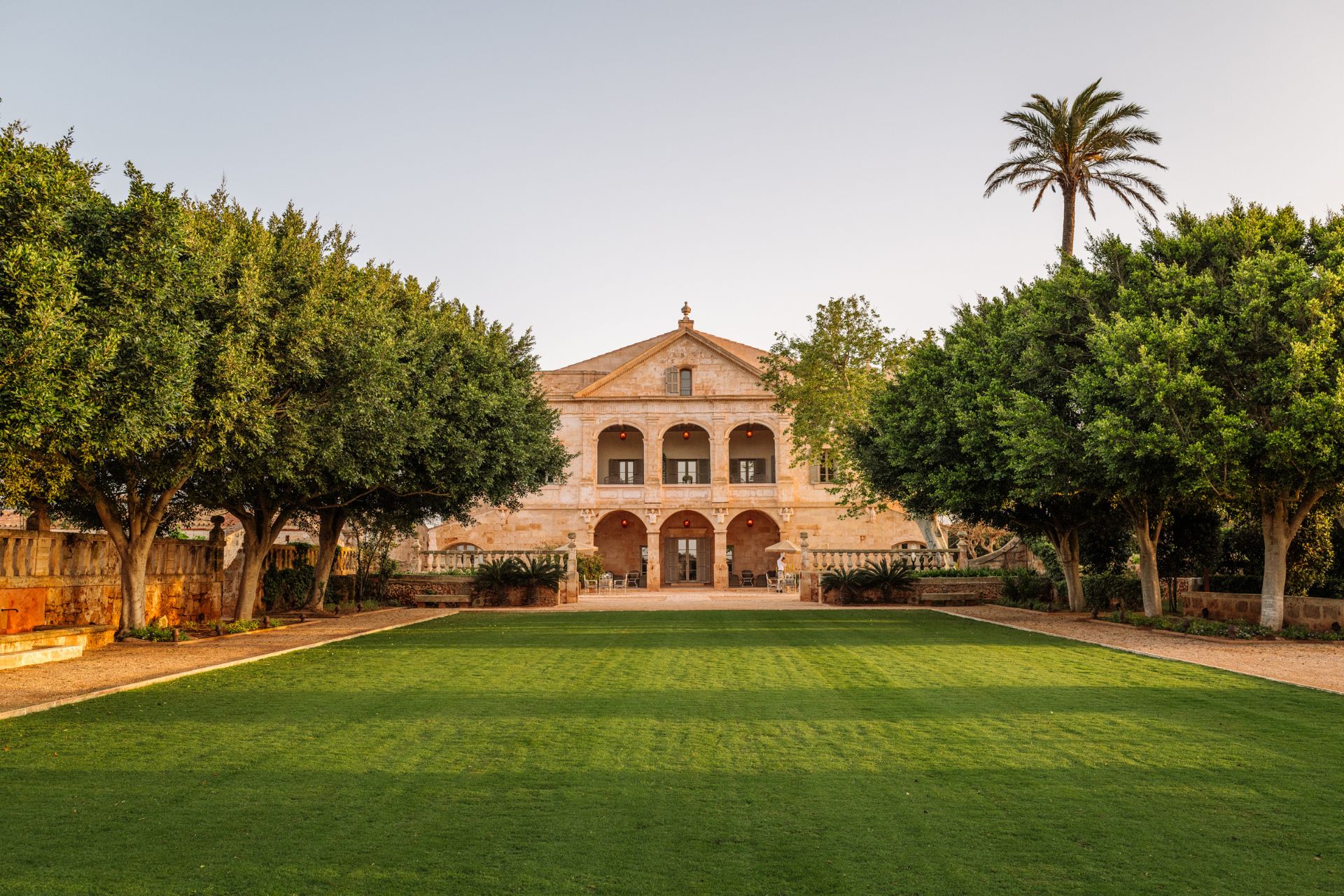
Son Vell
Restoration Masterpiece
It’s no surprise to learn that discerning travellers have already discovered Santa Ana’s sister property, the achingly elegant Son Vell, an 18th century Italianate-style manor house, originally the home of a noble family. Opened in 2023, it is the company’s first hotel project and represents something of a restoration masterpiece. It took a small army of historians, curators, designers, architects and artists five years to turn the once derelict pile into a world-class heritage gem.
Nestled in 180-hectares of working farmland leading to the coast and just a 20-minute drive from the ancient port city of Ciutadella, the creamy marés stone main building is a symmetrical vision with its neoclassical Palladian columns and arches and beautifully proportioned rooms in soothing tones of rosemary, taupe and soft terracotta. ‘The design is supposed to make you feel calm – it works on the guests,’ jokes our guide, general manager Enrique Amoedo. As we wander from one chandeliered room to another, he tells us we are ‘walking on quiet luxury’, in a nod to the intricate 16th century herringbone-patterned flooring.
There are five rooms in the main house and a further 28 suites in restored outbuildings, dotted amid fragrant rose gardens, olive groves and beds of native plants supporting wildlife biodiversity. You can choose between two outdoor pools: a stone-lined lap pool and an alberca, formerly a watering hole for cattle. There’s also a Pétanque pitch and al fresco yoga platform. Cala Son Vell, a secluded rocky cove, is within easy walking distance, and you can also saddle up in the garden and head for the fabled Camí de Cavalls bridle path on horseback.
After our tour, we make the most of the balmy evening by dining outside at Vermell, one of two farm-to-table restaurants helmed by executive chef Joan Bagur, who serves seasonal Menorcan cuisine with a twist. Much of the produce comes from the estate’s organic fruit and vegetable garden with meat supplied by farmers who adhere to strict animal welfare standards. Our tasting menu includes such local specialities as oliaigu tomato and pepper soup, Ciutadella suckling pig and mussels from the port of Mahón. Daytime restaurant Sa Clarisa specialises in light seafood plates, healthy salads and pasta and rice dishes.
Rescue Mission
The next day, we’re on the road again to explore Menorca’s second city, Ciutadella, which reluctantly ceded its position as capital to Mahón when the British took over the island in 1714. With its medieval streets and generous share of palaces, churches and fortresses, it retains much of its historic charm – yet, many of the formerly grand houses now stand empty. We’re here to see one such building: an 18th century neoclassical palace known as Casa Squella, rescued by Vestige several years ago and ripe for restoration.
It’s a mammoth project. We encounter collapsed ceilings, waterdamaged walls, broken furniture and a raft of rubbish, but the bones are breathtaking. Building work may not have started but the transformation process is already underway, as Marta and the team begin peeling back the layers. ‘Discovering secrets about the properties and their uses is always incredibly satisfying,’ she says. There is no doubt that if anyone can bring back this faded beauty to her former glory, it is Vestige.
BOOK IT
Rates at Vestige Santa Ana start from €2,880 per night for the entire six-bedroom property. A three-night minimum stay applies.
Rates at Vestige Son Vell start from £670 per room per night, including breakfast and based on two sharing. A two-night minimum stay applies.
Juliet’s return flights from London Gatwick to Mahón have a carbon footprint of 404kg of CO2e. ecollectivecarbon.com

